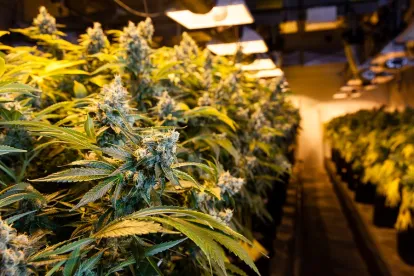Yesterday, the United Stated Department of Agriculture (USDA) released its interim final rule setting forth the proposed rules and regulations regarding the production of hemp under the provisions of the Agricultural Improvement Act of 2018, or the “2018 Farm Bill.” As mandated by the 2018 Farm Bill, the proposed regulations outline provisions for both the approval by the USDA of State or Indian Tribe proposed plans as well as the development of its own federal plan for the production of hemp in the absence of an applicable approved State or Tribal program.
While the draft rule is still subject to further comment, it provides the first official guidance from the USDA regarding the lawful production of hemp under the 2018 Farm Bill. In general, each of the approved State, Indian Tribe or Federal Plans include requirements for documenting and reporting, such as:
- Land descriptions, including geospatial location identifiers and total crop acreage
- Sampling and testing hemp as close to harvest as possible to ensure the truest measurement of THC levels, which have to be at or below 0.3%
- Development of an “acceptable hemp THC level” to account for margins of error when testing for THC levels in a proposed hemp product
- Use of DEA-certified or registered companies for the testing and disposal of these products given the potential, if over 0.3% THC, to be handling “marijuana,” which remains a controlled substance under federal law
- Compliance procedures, including random sampling of producers, as well as plans for corrective action if the product contains more than 0.3% THC based on the determined culpable mental state of the producer
- Company and ownership reporting, including both direct and indirect ownership in the hemp producer, as well as criminal histories
In addition, the USDA specifically requested further public comment on the following areas of regulatory oversight:
- Factors to consider in determining that the production of hemp above the 0.3% THC threshold was legally negligent and therefore protected from otherwise criminal prosecution;
- The impact of the proposed rule on the marketplace and innovative efforts surrounding hemp production; and
- Other resources for identifying “small producers.”
Finally, while the interim rule provides much anticipated guidance regarding the production of hemp products, it is also worth noting what the rule does not cover. Namely, regulatory guidance on the distribution, marketing and retail sale of hemp or hemp-based CBD products, which will come either from the FDA or individual state legislative efforts.




 />i
/>i
